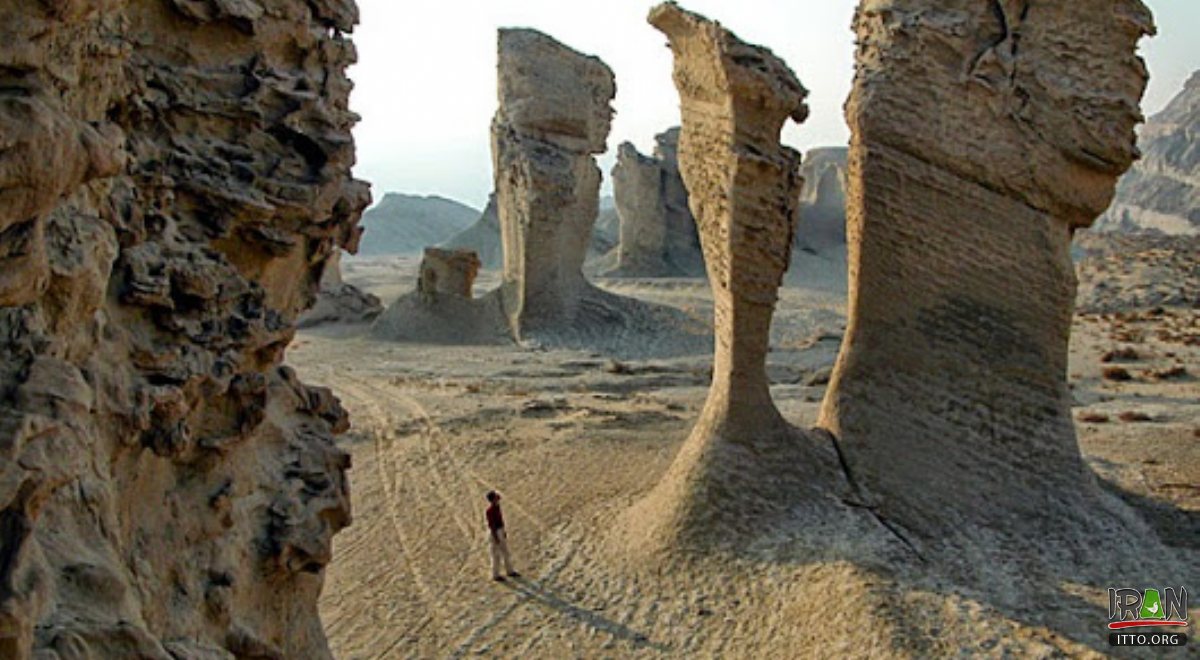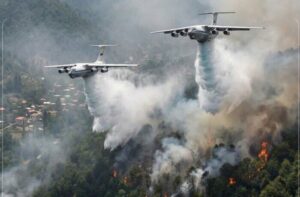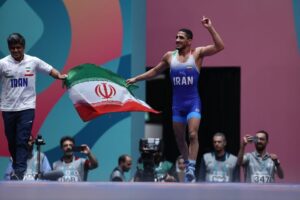Stretching across the Persian Gulf, Qeshm is already known for its oil and gas fields and its strategic location, ILNA reported.
Officials now see a chance to rebrand the island internationally by focusing on eco-tourism and sustainable industries, Haghdel said.
“Qeshm can lead Iran’s tourism branding,” he added, pointing to the island’s unique geology, rich biodiversity, and underdeveloped global image.
Qeshm, three times the size of Singapore, hosts 7 to 8 active oil and gas fields, including Salafi, Iran’s second-largest gas field. Its vast landmass—larger than 22 countries—makes it an ideal site for balanced industrial and ecological development, Haghdel said.

The island is home to the Middle East’s first UNESCO-listed geopark, where conservation efforts go hand in hand with local tourism. The geopark “has become a source of income for communities” while preserving Qeshm’s natural ecosystems.
Authorities are also in talks with international firms, including a German company, to develop environmentally-friendly steel plants. While some projects have stalled due to political tensions, Haghdel said Qeshm remains a “prime location” for heavy industries that require large amounts of water—something many other Iranian regions lack.
With its mix of energy assets, natural beauty, and international partnerships, officials hope Qeshm will emerge not just as a domestic success story but as a global tourism and investment brand.







